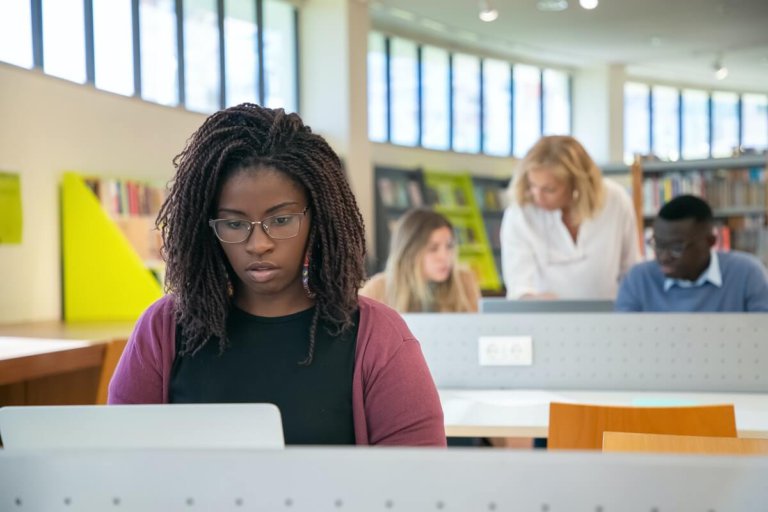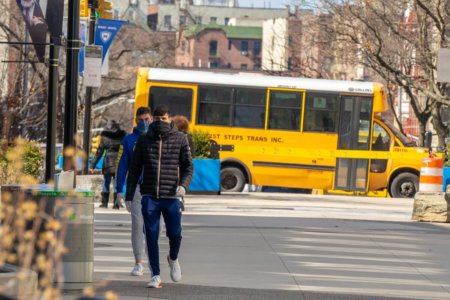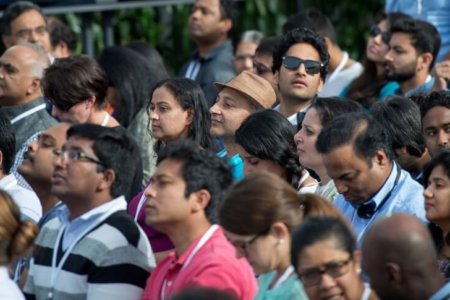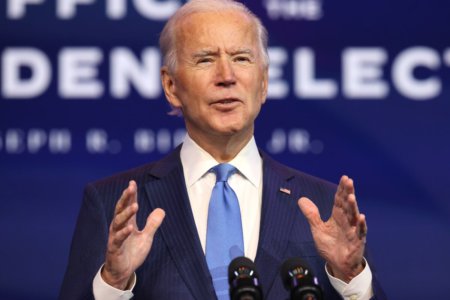
Beginning March 9, the US Citizenship and Immigration Services (USCIS) will prioritise high earners in the H-1B visa selection system, effectively replacing the randomised lottery selection that fills 85,000 slots annually. According to an official statement, this final rule will modify the H-1B visa selection process to “protect the economic interests of US workers and ensure the most highly skilled foreign workers benefit from the temporary employment programme.”
The H-1B visa enables international graduates to work in the US for three years at least. Approximately 40% of H-1B visa holders transfer from the F-1 visa for international students. In 2019, USCIS approved 388,403 H-1B petitions, with close to 72% of successful applicants coming from India. They consisted of 54% master’s degree holders and 66% planning to work in IT.
“The current H-1B random selection process makes it difficult for businesses to plan their hiring, fails to leverage the programme to compete for the best and brightest international workforce, and has predominately resulted in the annual influx of foreign labour placed in low-wage positions at the expense of US workers,” commented USCIS deputy director for policy Joseph Edlow. He believes the programme had been “exploited and abused” by employers wanting to fill entry-level positions at low costs.
New H-1B visa selection: How will it affect international students?
The latest H-1B visa selection system will disproportionately affect foreign students looking to study and work in the US, Sarah Pierce, policy analyst for the US Immigration Policy Program at the Migration Policy Institute, told The PIE News. “In the past, we’ve had a lot of applicants in the lowest level of wages, and under this system, it looks like very few or even no applicants with level one wages would get through,” she said. “If employers must pay individuals with no work experience the same as employees with several years of experience, international students may become too expensive to hire,” explained Stuart Anderson, executive director of the National Foundation for American Policy.
Since many students who qualify for this visa are fresh graduates (Level 1), they will inevitably be impacted by an H-1B visa selection system that ranks applicants based on income. Even students with working experience or a master’s degree (Level 2) will be affected, as over 50% H-1B visa petitions are filed at this level. Perhaps STEM students, who can be on Optional Practical Training (OPT) for three years, would be least affected; they would have gotten a significant headstart on their career compared to peers on one-year OPT.
The “most highly skilled foreign workers” will be prioritised under the new system. Your eligibility will be judged based on your level of experience, job duties, and salaries; those who apply for Level 4 positions therefore stand the best chance. These are “fully qualified employees with enough experience to plan, modify and approve standard procedures,” according to the US Department of Labour (DOL).
The US government hopes this will not only attract the most qualified foreign workers but also incentivise employers to offer higher salaries. At the same time, universities are concerned this move would make the US a less desirable study destination compared to countries like Canada, which is ramping up skilled immigration efforts.
Where do we go from here?
This move could still develop in several ways. For one, The Economic Times predicts USCIS could delay the registration possess or make other changes to the H-1B visa selection system, which would place it under the purview of the Biden administration. While the Biden government would then have the power to freeze, reverse, or rewrite the ruling, it has displayed favour of a wage-based selection process. There’s also the possibility that this Final Rule is challenged in court. In that case, the court could strike down the rule or impose restrictive measures if it finds that the Department of Homeland Security (DHS) has violated any terms in the legal process.










